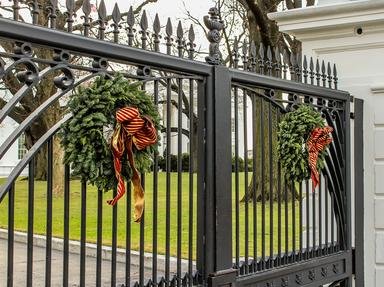Quiz Answer Key and Fun Facts
1. Lucy Ware Webb was born in 1831 to abolitionist parents in Ohio. Did her family ever own slaves?
2. As a young girl, Lucy was encouraged to sign what by her grandfather Isaac Cook?
3. Lucy Hayes was the first First Lady to have a traditional college degree. Which university did she graduate from?
4. Lucy met her husband, the future president Rutherford B. Hayes, while they were studying at the university. Although he fell for her, why didn't Hayes begin courting Lucy?
5. What was the very first gift Rutherford gave Lucy while they were courting?
6. At the outbreak of the Civil War, what did Lucy want to do?
7. By the middle of the Civil War, Lucy had taken a great dislike to which beloved American figure?
8. True or False: Lucy never once served alcohol in the White House while serving as First Lady.
9. Which of the following is NOT one of the First Lady firsts that can be attributed to Lucy Hayes?
10. Lucy's biggest contribution to the White House was constructing and expanding which part of the building?
Source: Author
Joepetz
This quiz was reviewed by FunTrivia editor
stedman before going online.
Any errors found in FunTrivia content are routinely corrected through our feedback system.
